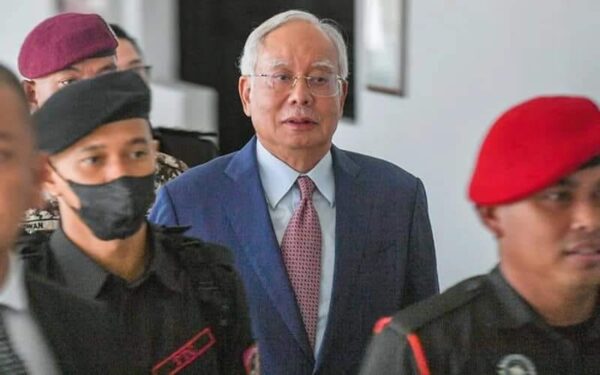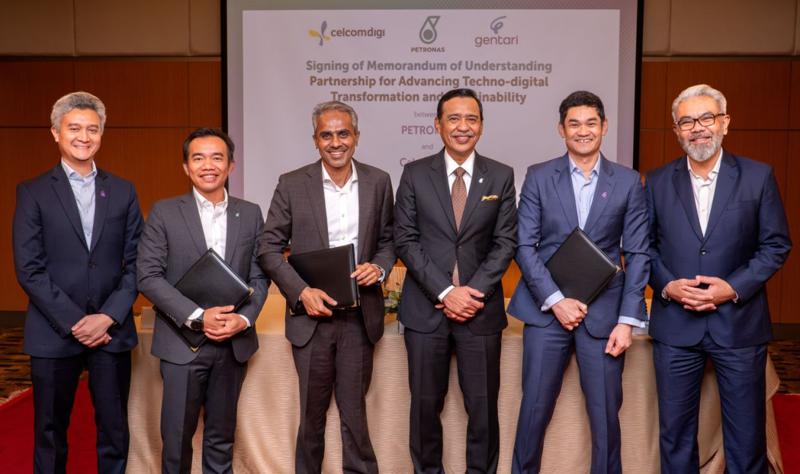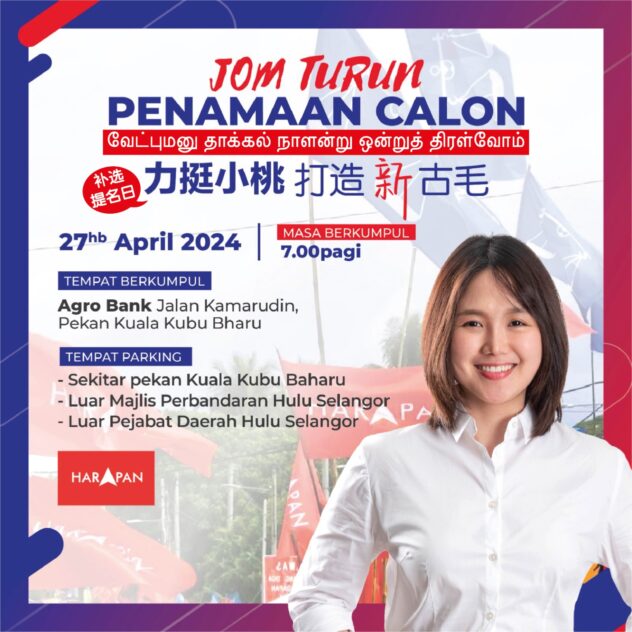By Emmanuel Samarathisa
ON May 7, 2018, then prime minister Datuk Seri Najib Razak flew from Kota Kinabalu to Kuala Lumpur on an AirAsia A330-300 jet.
This was no ordinary AirAsia aircraft. This had a special livery featuring Barisan Nasional’s (BN) slogan “Hebatkan Negaraku” (Make my country greater); the plane’s cabin crew also donned blue uniforms to match the BN’s iconic colours.
The move garnered public outcry. AirAsia founder Tan Sri Tony Fernandes was slammed on social media. Critics charged that he sold out as this happened just two days before the 14th general election on May 9, 2018.
And, to many of his fans, Fernandes caving in to pressure was confounding as a month earlier he had announced through a series of tweets that the low-cost carrier was going to put any unsold seats on May 8 and 9 on low fares, in conjunction with the national polls.
“While @AirAsia should not be the only airline doing this we will help. We will freeze whatever seats we have not sold for [the] day before and, say, after, and put those seats on low fares,” Fernandes tweeted on his now-defunct Twitter handle.
A few days after GE14, which saw the defeat of Najib and BN, Fernandes took to his Facebook page and launched a melancholic video. There he detailed how he was under intense pressure as he had refused to sack Tan Sri Rafidah Aziz, the chairman of AirAsia X Bhd.
In the run-up to the general election, Rafidah had ramped up her criticism of BN. Fernandes also, in his own words, came under pressure for offering extra flights for cheap during the election period.
“So, foolishly, I thought by doing the video, which I felt was fairly neutral and factual and the plane from Kota Kinabalu would appease the government and protect the jobs of our Allstars (AirAsia workers) and more importantly, the very essence of allowing more than 80 million people to fly every year with low fares,” Fernandes said in his video.
“And under the intense pressure, I buckled. It wasn’t right, I will forever regret it. But it was a decision made at the spur of the moment to protect that baby that has given so much to Malaysia and will continue to give so much to Malaysia.

“I apologise once again for the pain and the hurt I caused. My views, as I said earlier, are very much the same as all of your views. I look forward to a fantastic new Malaysia. A Malaysia that gives everyone a chance.”
The story of AirAsia has two prongs: entrepreneurial smarts and political manoeuverings. Both are inseparable due to the tight nexus of business and politics in Malaysia. In fact, in the case of AirAsia, a heady mix of business and politics go way back to the time when Fernandes and his business partner Datuk Kamarudin Meranun wanted to acquire AirAsia from Hicom Holdings Bhd (now DRB-Hicom Bhd).
According to a July 12, 2004 Bloomberg Businessweek article, when Fernandes wanted to embark on his plan to launch Malaysia’s first discount airline, he failed to obtain a licence. Then he chanced upon bankrupt AirAsia, with its two Boeing jets and US$11 mil (then RM40 mil) in debt, which could be bought from the government.
All that Fernandes needed to do was pitch a good story to Prime Minister Tun Dr Mahathir Mohamad. This was during Mahathir’s first stint as the country’s leader (1981-2003).
So, the two met in October 2001. Fernandes told Mahathir that a discount carrier could be a game-changer, during a time when the aviation industry was reeling from the impact of the Sept 11 terrorist attacks.
Two months later, on Dec 8, 2001, Fernandes and Kamarudin took over AirAsia for a mere RM1 from Hicom.
And Fernandes would once more rely on Mahathir’s help. According to the Bloomberg article, in 2003, Fernandes successively lobbied Mahathir to raise the idea with leaders of neighbouring Thailand, Indonesia and Singapore.
The result was the granting of landing rights to AirAsia and other discount carriers. Prior to that, observers say that countries in the region never had an open-skies agreement.
Indeed, in a 2011 interview, Fernandes credited Mahathir for having a pivotal role in AirAsia’s success.
“Tun Dr Mahathir is the father of modern Malaysia and he has been one of Malaysia’s greatest visionary leaders. He gave me, Datuk Kamarudin Meranun, Datuk Aziz Bakar and Datuk Pahamin Rejab the chance to start AirAsia.
“To hear him say such great things about us, I’ve to say that it’s one of my and AirAsia staff’s proudest days,” he said in a June 18, 2011 interview with The Star. Pahamin was a civil servant under the Mahathir government before joining AirAsia in 2001 and has been seen as a crucial player in AirAsia’s success.
By Nov 22, 2004, the group listed on Bursa Malaysia with a market capitalisation of roughly RM1 bil. And, by 2006, AirAsia would morph into a fierce competitor to Malaysia Airlines.
Indeed, in March that year, there was a statement from the Prime Minister’s Department (PMD) that both Malaysia Airlines and AirAsia would operate “domestic trunk routes” while only AirAsia would operate the non-trunk routes.
What was strange about the statement was that Malaysia Airlines would be closed off from non-trunk routes – against Malaysia Airlines’ request. Secondly, the PMD suggested that Malaysia Airlines and AirAsia cooperate to decide what were trunk routes or otherwise by March 27, 2006. Tun Abdullah Badawi was then prime minister.
Fast forward to post-blue plane and GE14, Fernandes seems to maintain a close relationship with the newish powerbrokers in Putrajaya. He is the director of Emir Research (M) Sdn Bhd, the think tank founded by Bersatu supreme council member Datuk Rais Hussin.
According to a company filing, Fernandes joined Emir Research in August 28, 2018, a few months after GE14. And Emir Research’s office is in Wisma Tune, one of AirAsia’s buildings, in Bukit Damansara, Kuala Lumpur.
And who can forget that video on Feb 1 last year of Transport Minister Anthony Loke boarding a Sibu-bound AirAsia plane to give passengers a “special surprise” (to quote the headline of the video) prior to takeoff.
“Ladies and gentlemen, boys and girls. This is Flight AK9838. Welcome on board. This flight is bound for Sibu. While we are ready for departure, please get your seatbelts fastened, sit back and relax. So we hope you have an enjoyable flight. Happy Chinese Year, everyone. Safe journey home to Sibu.”
How will Fernandes and Kamarudin navigate this latest scandal with Airbus SE is worth watching. Corporate watchers have always hailed the duo’s public relations savvy, having survived three prime ministers and all the political developments attached to each of the country’s leaders, including Najib.
But Airbus’ bribery admission seems to be a sticky situation for Fernandes and Kamarudin. The European airframer said it paid directors/employees of AirAsia group some US$50 mil (RM204 mil) in the form of a sponsorship for a sports team jointly owned by two unnamed AirAsia executives. Airbus allegedly made the payment to secure an order for 180 aircraft.
Fernandes and Kamarudin have been implicated by way of their ownership of the now-defunct Caterham F1 Team. Both men have stepped down from their executive posts to make way for investigations, but they remain on the board as non-executive directors. – Feb 18, 2020









